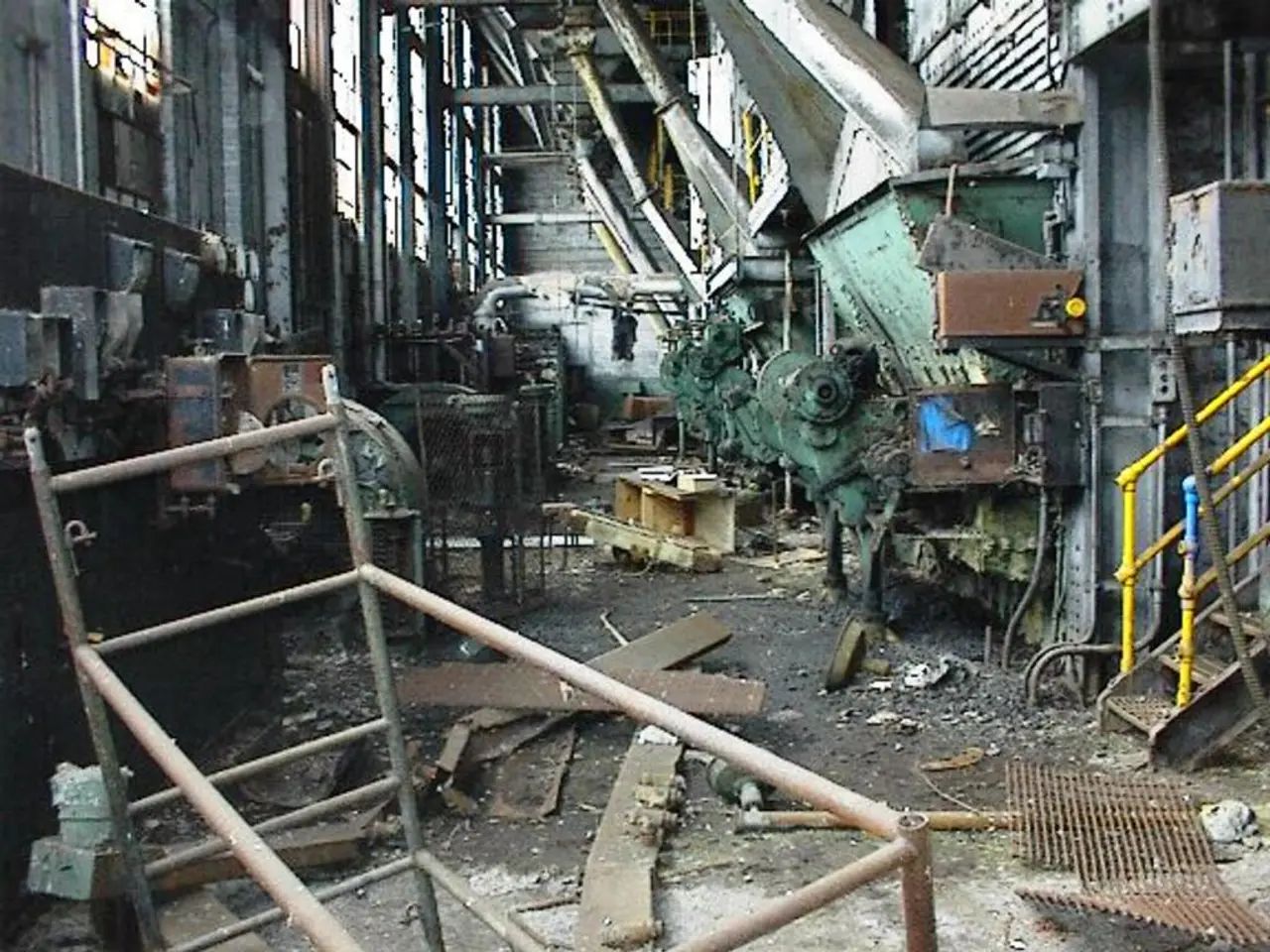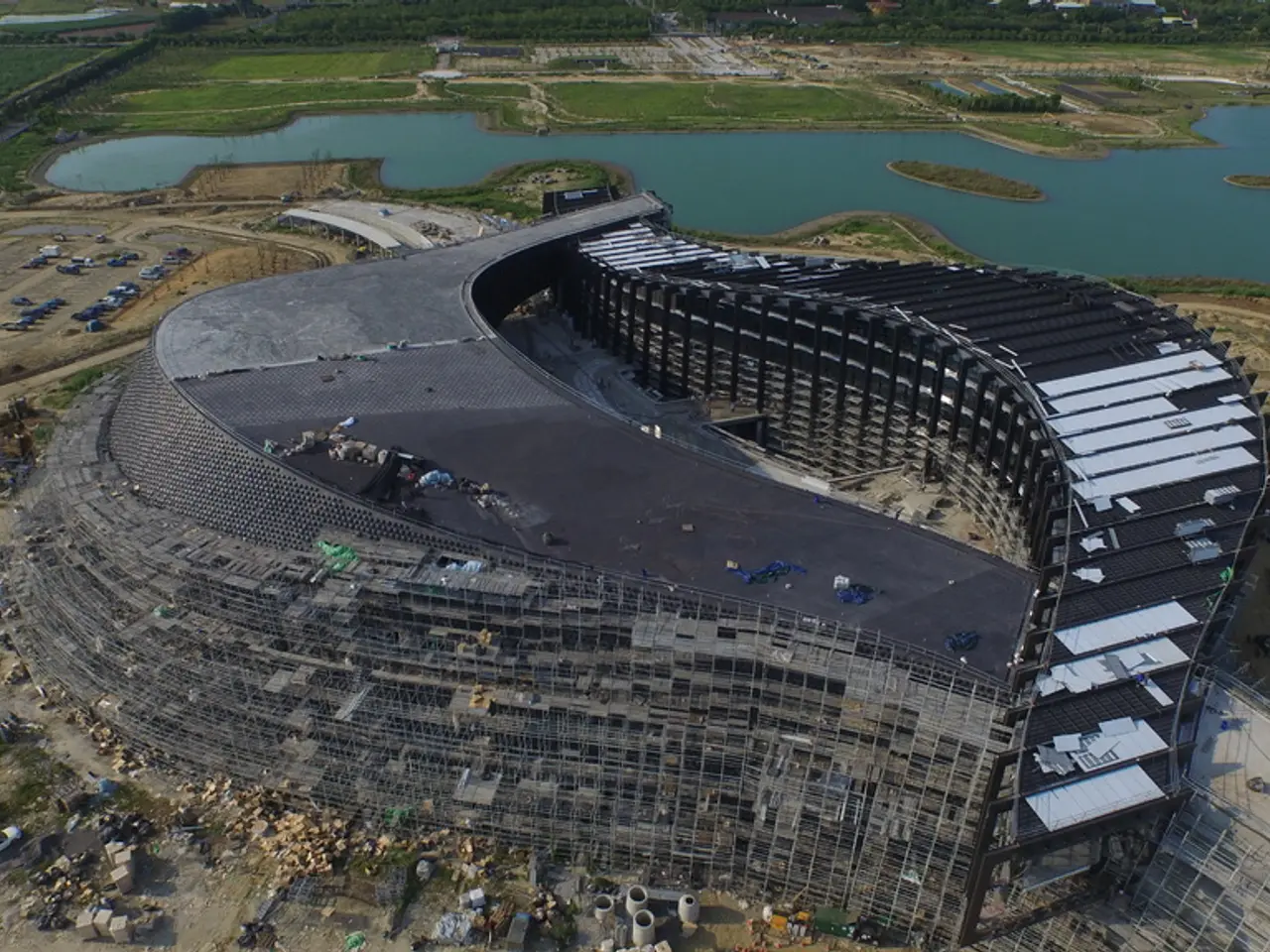Imagining a World with 24-Hour Daylight: Consequences and Impacts on Earthly Rhythms
The Earth's axial tilt of 23.5° is responsible for the changing seasons and varying day lengths we experience. However, if this rotation were to stop or drastically slow, or if there were a major axial tilt shift or dramatic orbital change, the sun would never set for one hemisphere, leading to profound long-term implications for human society.
In such a scenario, catastrophic environmental and geophysical changes would ensue. Earth's rotation drives wind patterns and ocean currents, which regulate climate. If rotation stopped or drastically slowed, these systems would collapse, leading to extreme weather and chaotic climate patterns. One side of the planet would experience perpetual sunlight (and extreme heat), while the other would be in permanent darkness (and extreme cold), destroying most ecosystems.
Moreover, Earth's rotation helps generate its protective magnetic field. If rotation stops, the magnetic field could weaken or collapse, exposing life to harmful solar and cosmic radiation. The lack of centrifugal force from rotation would cause oceans to move toward the poles, dramatically altering coastlines and submerging large land areas.
The implications for human society would be significant. Agriculture would collapse as crops rely on diurnal cycles and stable temperatures. Constant sunlight or darkness would make traditional agriculture impossible, requiring radical innovations such as indoor, climate-controlled farming and artificial lighting cycles.
Energy and infrastructure would also be affected. Constant sunlight would offer potential for massive solar power generation, but infrastructure would need to be adapted to extreme temperature swings and weather chaos. Extreme heat and radiation on the day side would require advanced cooling, shading, and radiation shielding technologies.
Humans would likely migrate to areas with more temperate conditions, possibly at the boundaries between perpetual day and night (the “terminator line”), but these regions would still be unstable and prone to extreme weather. Underground or heavily shielded habitats may become necessary to avoid lethal radiation and temperature extremes.
Health and well-being would be severely impacted. Circadian rhythms would be disrupted, negatively impacting sleep, mental health, and overall well-being. Increased exposure to harmful radiation could lead to higher rates of cancer and genetic mutations unless protective measures are implemented.
Economic and social structures would collapse and be replaced by new systems based on artificial resource production and high-tech survival. Society would become highly dependent on technology for food, shelter, and energy, possibly leading to greater centralization or authoritarianism to manage scarce resources.
However, there are potential adaptations to these challenges. Technology-driven survival could involve the development of closed-loop, climate-controlled habitats, advanced desalination, and artificial food production. The use of nuclear, geothermal, or even hypothetical "rotation-derived" energy sources could become crucial if technology allows.
Biological and lifestyle adjustments could include genetic engineering or pharmaceutical interventions to adapt human biology to new light cycles and radiation environments. Social restructuring to accommodate shift work, nocturnal lifestyles, or communal living in extreme conditions could become necessary.
In a world where the sun never sets, space colonization might become a last resort. With Earth rendered nearly uninhabitable for most life, efforts to colonize other planets or orbital habitats may accelerate.
In summary, if Earth ceased rotating or experienced a dramatic shift in axial tilt or orbit, human civilization would face near-extinction-level threats and would be forced to radically adapt—technologically, biologically, and socially—to survive the resulting environmental chaos. Regions experiencing extreme heat would force mass migrations. Polar areas might become the new hubs of human civilization. Humans might develop reflective materials for buildings to minimize heat absorption. The disappearance of night would deeply affect human health, culture, and daily routines, leading to sleep deprivation, insomnia, increased risks of heart diseases and mental health issues, decreased productivity, and increased energy consumption due to cooling needs in overheated regions. Plants and animals rely on circadian rhythms for survival, and constant sunlight could hamper plant growth, confuse nocturnal animals, and create ecological imbalances as food chains collapse. In a world where the sun never sets, the 24-hour day-night cycle that governs life on Earth would cease to exist. Underground cities might become a reality to escape the blazing heat. Perpetual sunlight would accelerate ice melting in the poles, causing catastrophic sea level rises and the loss of Arctic ecosystems. Over time, a sunlit Earth could lead to profound evolutionary changes, giving rise to entirely new ecosystems. Humans might evolve biologically and socially to thrive in a world of perpetual sunlight. The rotation of Earth on its axis is the fundamental reason for the day-night cycle, with one rotation completing every 24 hours. A significant shift in Earth's orbit could drastically alter the distribution of sunlight across the planet. The idea of the sun never setting sparks a sense of wonder about humanity's resilience and adaptability. Constant daylight could result from Earth halting its rotation, a drastic shift in its axial tilt, or an orbital change aligning it perpendicularly with the sun. The day-night cycle is a lifeline for all living things, highlighting our interdependence with nature's rhythms. Without a cooling period at night, temperatures would skyrocket in the sunlit regions, leading to heatwaves, increased evaporation, severe droughts, and unpredictable weather systems. Humans might create artificial "nights" using advanced technologies like massive domes or light-blocking systems.
References: [1] National Geographic. (2021). What if Earth stopped rotating? https://www.nationalgeographic.com/science/article/what-if-earth-stopped-rotating [2] BBC Future. (2021). What would happen if Earth stopped rotating? https://www.bbc.com/future/article/20160318-what-would-happen-if-earth-stopped-rotating [3] Scientific American. (2021). What if Earth stopped rotating? https://www.scientificamerican.com/article/what-if-earth-stopped-rotating/ [4] The Conversation. (2018). What if Earth stopped rotating? https://theconversation.com/what-if-earth-stopped-rotating-96273 [5] Forbes. (2021). What If The Earth Stopped Rotating? https://www.forbes.com/sites/startswithabang/2021/05/21/what-if-the-earth-stopped-rotating/?sh=6162114a2f56
- In the face of stopped Earth rotation, the collapse of wind patterns and ocean currents in environmental-science would lead to extreme weather and chaotic climate patterns, impacting both plants and animals, including humans.
- As the Earth's magnetic field weakens or collapses due to the absence of rotation, technology such as data-and-cloud-computing and space-and-astronomy could be crucial in developing protective measures against harmful solar and cosmic radiation.
- Under such drastic conditions, the advancements in technology, including indoor farming, advanced cooling systems, and closed-loop, climate-controlled habitats, would play a significant role in human survival, transforming agriculture, energy, infrastructure, and societal structures.




